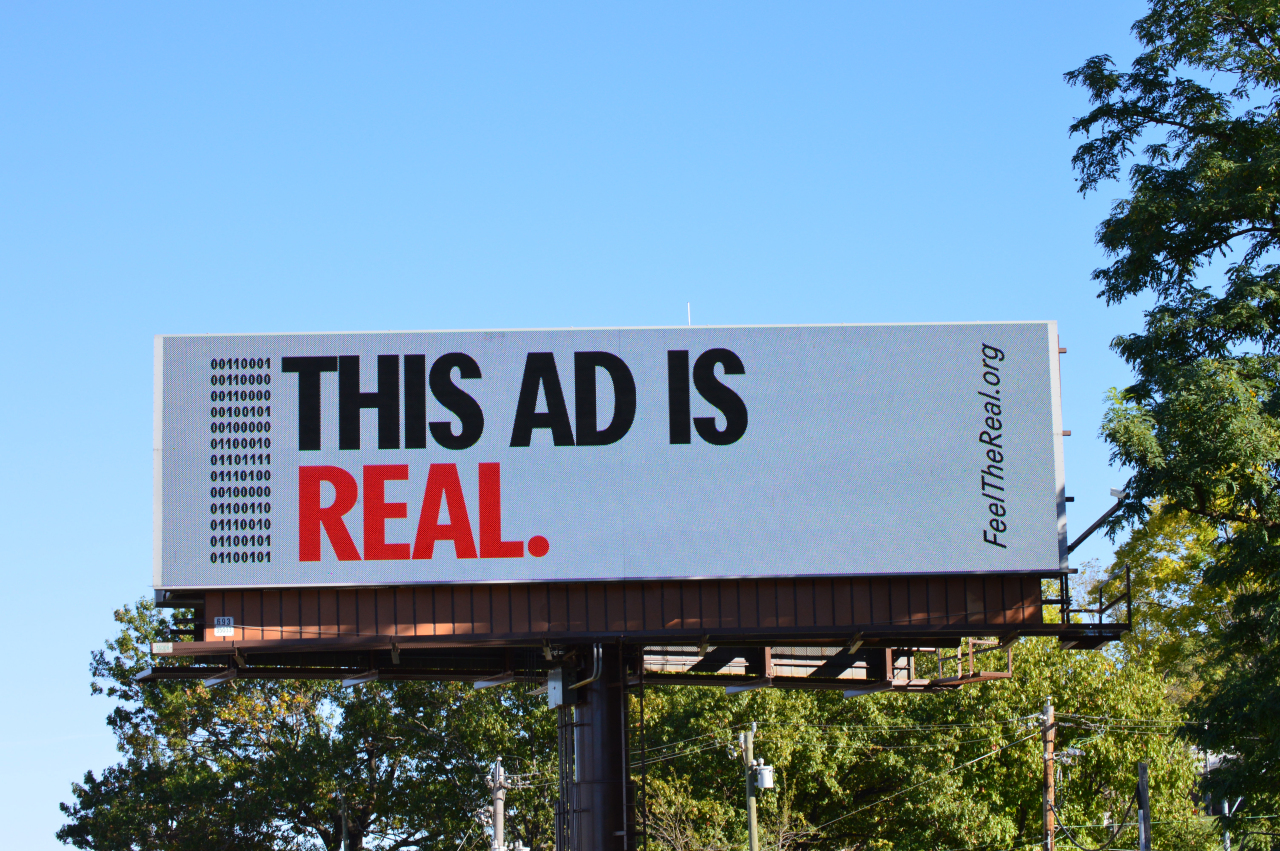
At the 57th annual FEPE Congress in Barcelona last week, I joined OOH advertising leaders from across the globe to talk about “The Road Ahead” and what will shape our OOH future. This year’s conversation centered on the biggest opportunities and challenges facing our industry: The digital landscape and the optimization of our new digital capabilities (data, mobile, programmatic) and how our bright future can be shaped. After all, we’re only beginning to see the incredible possibility digital technology brings to OOH advertising in a hugely connected and OOH-enabled world. Geo-fences that serve mobile ads primed by OOH messages, connected screens that display dynamic content and the build-out of programmatic exchanges for outdoor displays are just some of the advancements revolutionizing our industry. The talent and knowledge needed to shift our organizations to maximize our new possibilities is as important as the advancement themselves.
While everyone agrees OOH must leverage the same technology that powers today’s web and mobile advertising platforms, questions remain on how we’ll get there. It will take our collective (and collaborative) effort to disrupt current conventions and usher in OOH advertising’s next era. Here is a three-step playbook from FEPE for OOH to win the digital future.
Integrate Buying and Distribution
From a subway entrance in Times Square to billboards along San Francisco’s famous Highway 101, there’s no shortage of existing outdoor screens to share important messages. And, with the potential for Internet of Things technology to transform any surface into a digital screen, that number stands to grow exponentially. That’s why it’s critical we build an OOH advertising purchasing process that is scalable and streamlined, even as inventory increases and diversifies. OAAA’s top mandate at this year’s national conference was making OOH easy to plan, buy, and measure.
Easier said than done, but the good news is that we have the lessons learned from the web and mobile media world from which to benefit. Marketers today still struggle with cross-platform programmatic advertising because of the limitations in tracking cookies between mobile and desktop devices, not to mention the complication of factoring print into that mix. The OOH industry has the huge advantage of hindsight to integrate buying and distribution capabilities for digital and analogue mediums. We need to be bold and collaborative in this endeavor.
Equalize Context with Creative
In today’s cluttered, digital world, content is king. Content that breaks through the noise and inspires consumers to take action cannot rest solely on entertainment value. Like any good joke, it’s really all about the setup and timing.
A quick survey of today’s most successful online publishing platforms proves this theory — marketers are flocking to digital outlets like BuzzFeedbecause of their viral native advertising campaigns. The rise of mobile native advertising only furthers the argument that delivering to the right consumers engaging content that’s relevant to their interests at the right moment in time will rule the day.
The ability to make OOH content natively relevant to location and timing has always been the strength of the medium. Geo-fencing billboards took that one step further by delivering mobile advertisements primed by OOH signage. The mobile content needs to follow the same principles as out-of-home.
In the future, cutting-edge digital capabilities that deliver real-time, dynamically updated, targeted content will bolster this value proposition and consumer engagement.
Measure Impact (Consumer Expression and Engagement), Not Impressions
Digital’s superpowers are also its kryptonite — while brands can reach millions of eyeballs in an incredibly cost-effective and timely manner, it also comes with the risk of ad fraud, ad blocking and the much talked-about non-viewability issues. We need to rethink the common metrics of impressions and click-through rates and find a more reliable standard. After all, awareness must inspire action to really make a difference for an advertiser’s business.
Last year, OAAA’s “Feel the Real Campaign” exposed the current state of digital accountability, or lack thereof, and ignited the conversation on measurement. The campaign’s website, feelthereal.org, logged over 30,000 engagements and a vast amount of social expression which amplified the message. The debate continued at FEPE, and we’re seeing more and more marketers seeking unconventional metrics that provide better insight into the real-world impact. Factors like unique visitors, the quality of those leads, engagement time and even the trending of a hashtag on Twitter. There’s no perfect formula, but that’s the beauty — we have the ability to redefine what a successful campaign looks like.
OOH is Ready to Play Ball
While digital has completely leveled the playing field for OOH to break through as a leading advertising platform, it’s clear from FEPE that we have much to do. The opportunity is enormous and there is a growing appetite to drive speedy change from all sides.
Originally posted to MediaVillage
Published: June 9, 2016